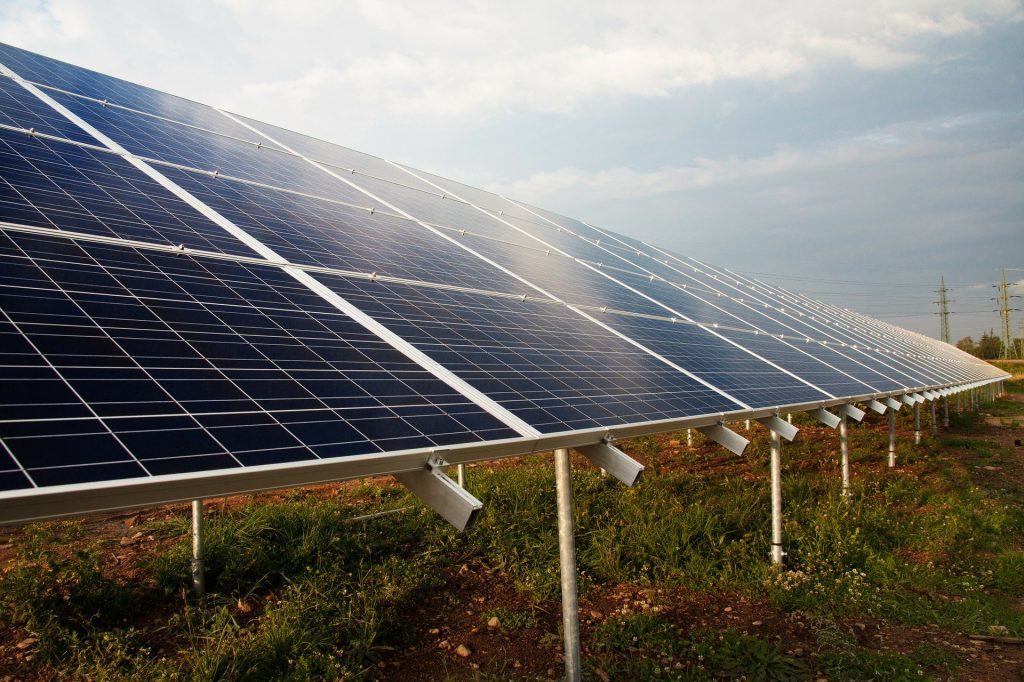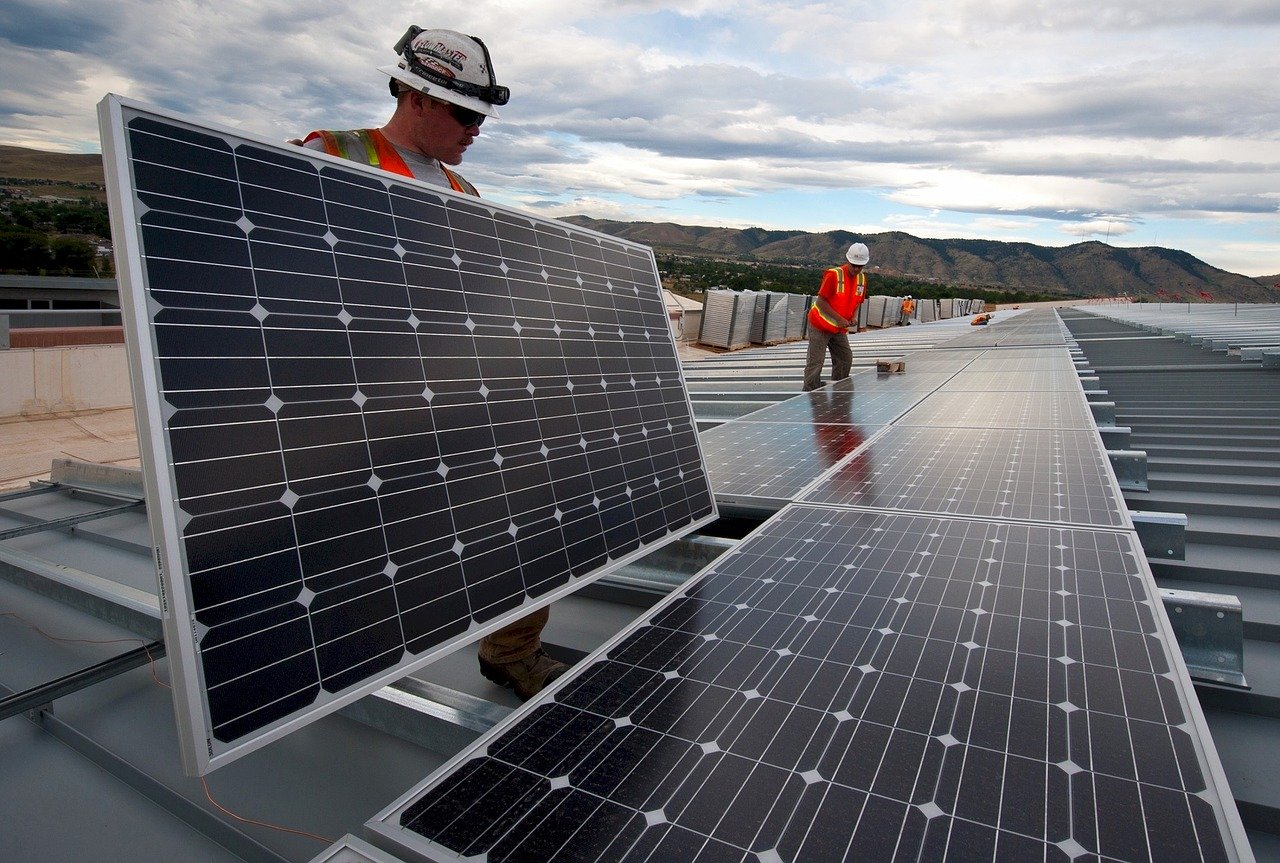Solar energy prices have seen a sustained decrease – it once cost 20 times as much as coal to generate the same amount of energy with solar panels. However, the price dropped by more than 90 percent and is now comparable to fossil fuels.
Solar distributed energy resources (DERs) have had increased interest and implementation, valued at $52.5 billion in 2018 and estimated to reach $223.3 within the next six years. Accordingly, the U.S. Department of Energy recently announced a $100-million, five-year initiative to research solar fuels.
Millennials Are Going Green
Interest is, in part, because of Millennials’ desire to turn over a greener leaf. They are willing to invest up to $15 per month for renewable and solar energy and prefer environmentally friendly services – and they’re inclined to research their provider and switch if they feel a better deal is in the offering.
Although the cost per watt has come down from $76.67 in 1977 to 60 cents, the upfront costs still are keeping solar energy out of reach for low-income Americans. An estimated 80 percent of those who want solar energy can’t install panels on their homes.
Arrays Present an Opportunity

Solar gardens, a community or utility-led solar array, are affordable alternatives to installing panels at private homes. Solar gardens pool the costs and the benefits, making it an attractive option for those who can afford to buy-in or “subscribe.”
It also makes it the perfect solar energy entry point for utilities. More than sixty percent of utility professionals predict continued renewables growth, and some are capitalizing on the demand.
Solar energy consumers can purchase a share in an array by subscription or lease-to-own, and, in most cases, the utility will calculate energy generated from the consumer’s “share” of the array and credit it to their account. The overall annual cost for the subscription or lease can be greater than purchasing energy without the clean option. However, as previously noted, a growing number of consumers are willing to pay more for renewable energy.
Consumers show a preference for flexibility, with month-to-month contracts and no upfront or cancelation fees, and on-bill benefits and billing. This reflects the growing power of the Millennial market and their subscription culture.
Utilities Are Entering the Solar Market
Co-ops, like the People’s Energy Cooperative, lead the way in establishing utility-led solar energy, responding to demand from members. Investor-Owned Utilities (IOUs), like Florida Power and Light Company, have entered the market in leadership positions.
Community solar energy grows as interest increases and the prices drop. There is nearly 2 GW of community solar installed across the U.S., an increase of more than .5 GW since June. With utilities owning just over 30 percent of capacity, there is plenty of room for growth where consumers demonstrate demand.
Encouraging engagement through value-added services such as solar energy is an important and necessary part of retaining the Millennial customer. HomeServe can improve customer engagement and satisfaction by offering a suite of optional home systems repair products and educational materials. To learn more, contact us.

